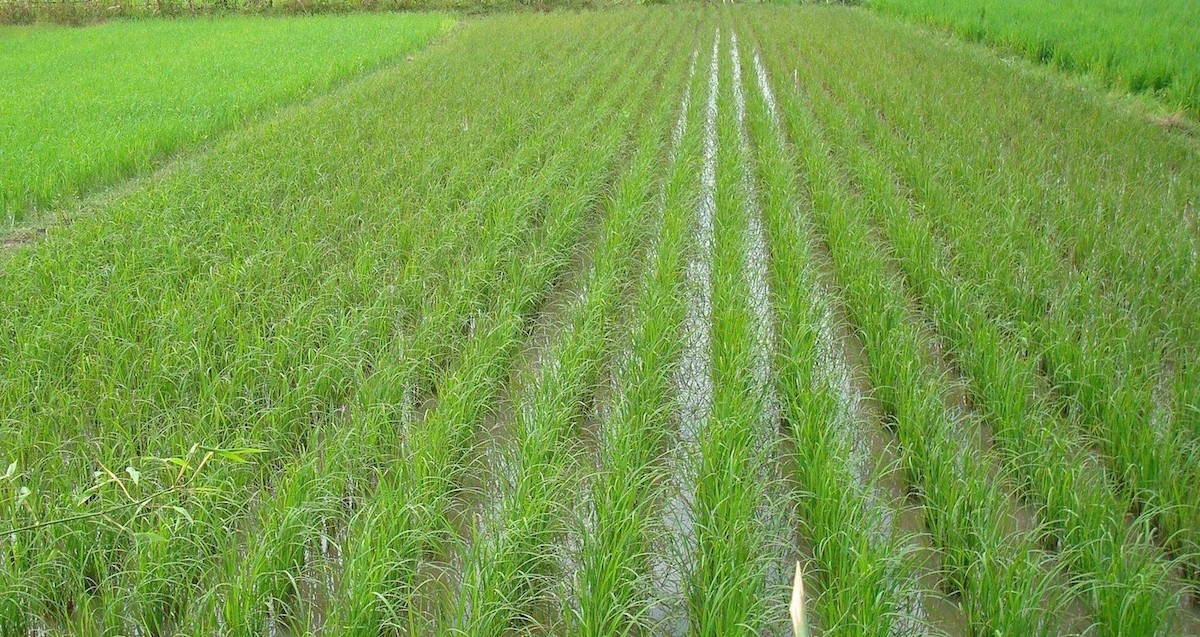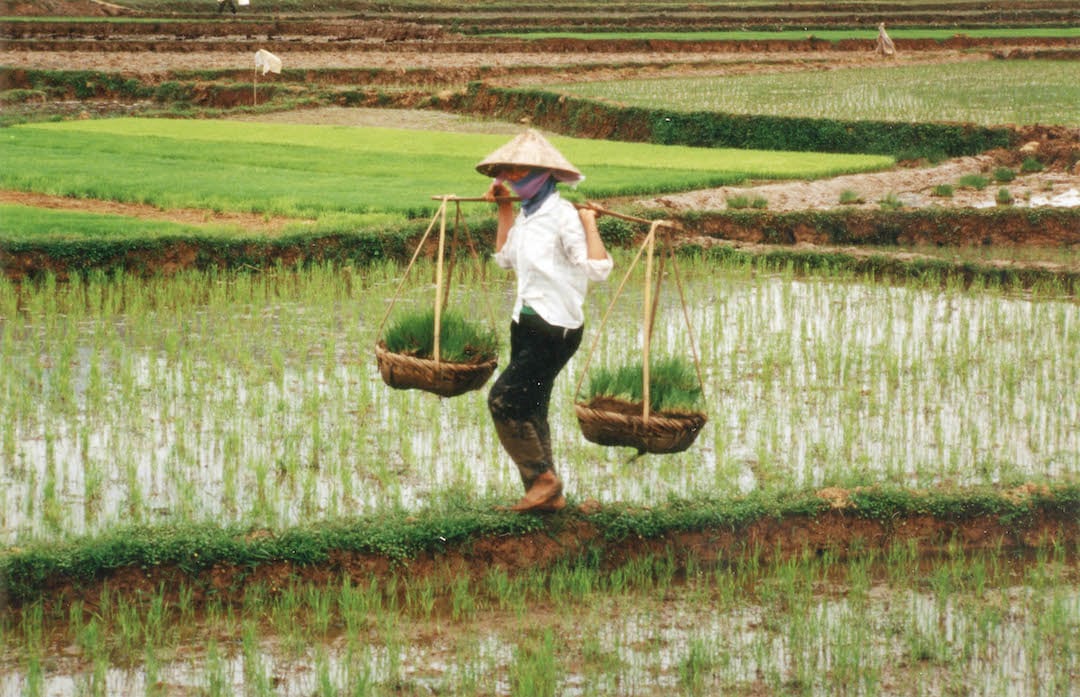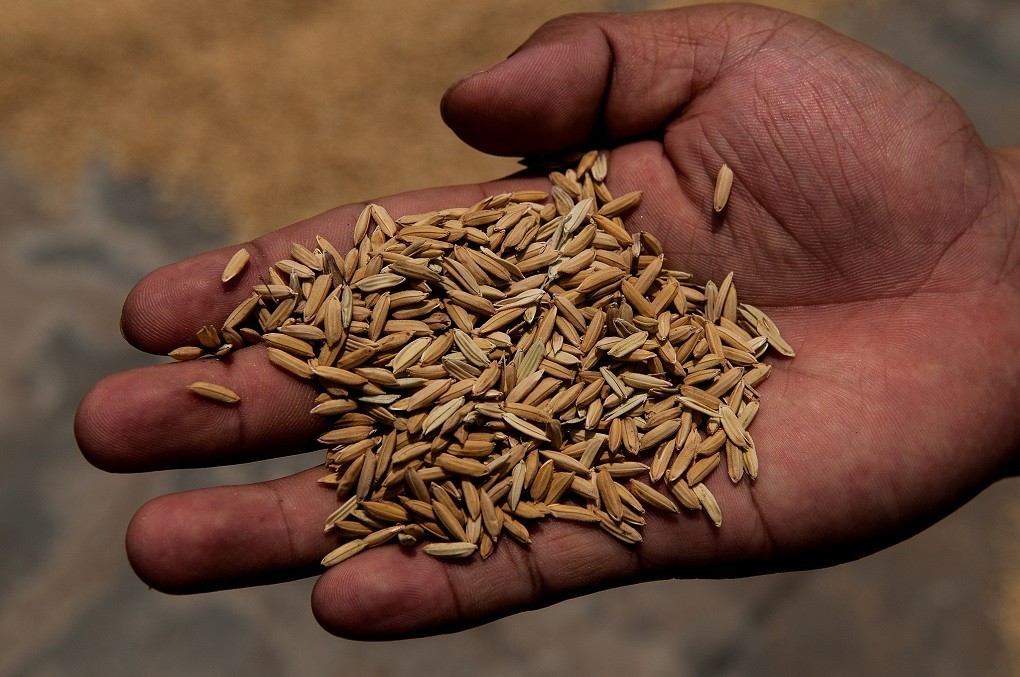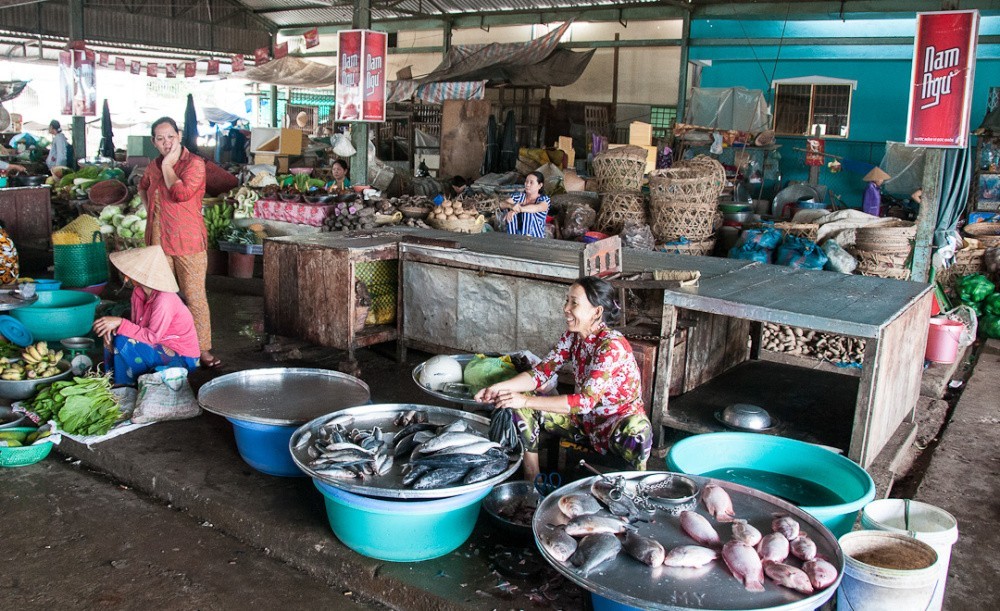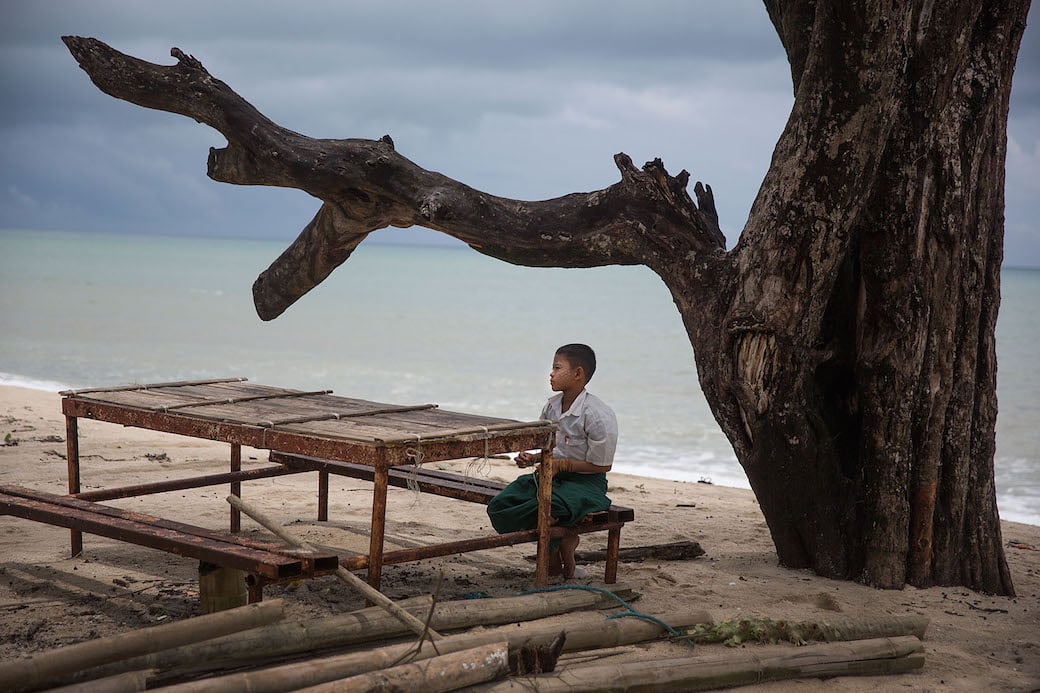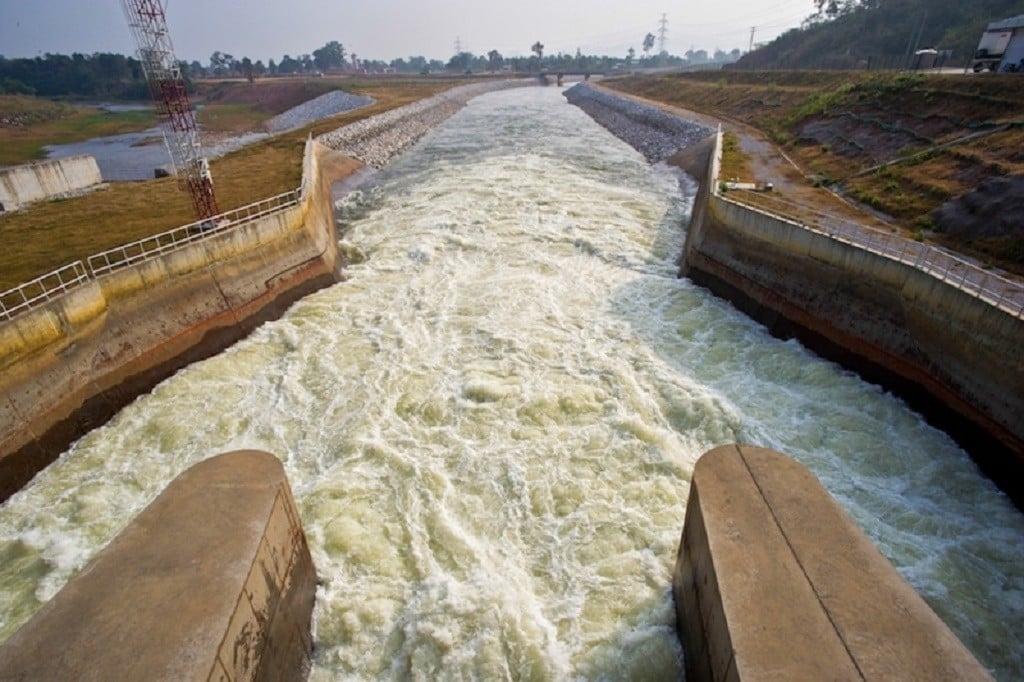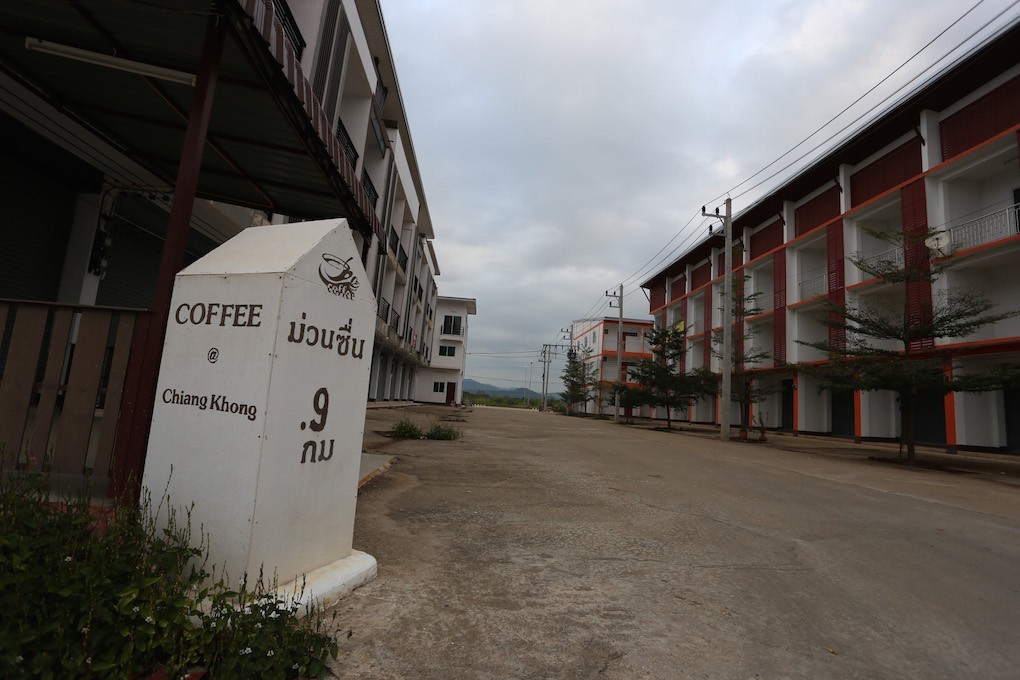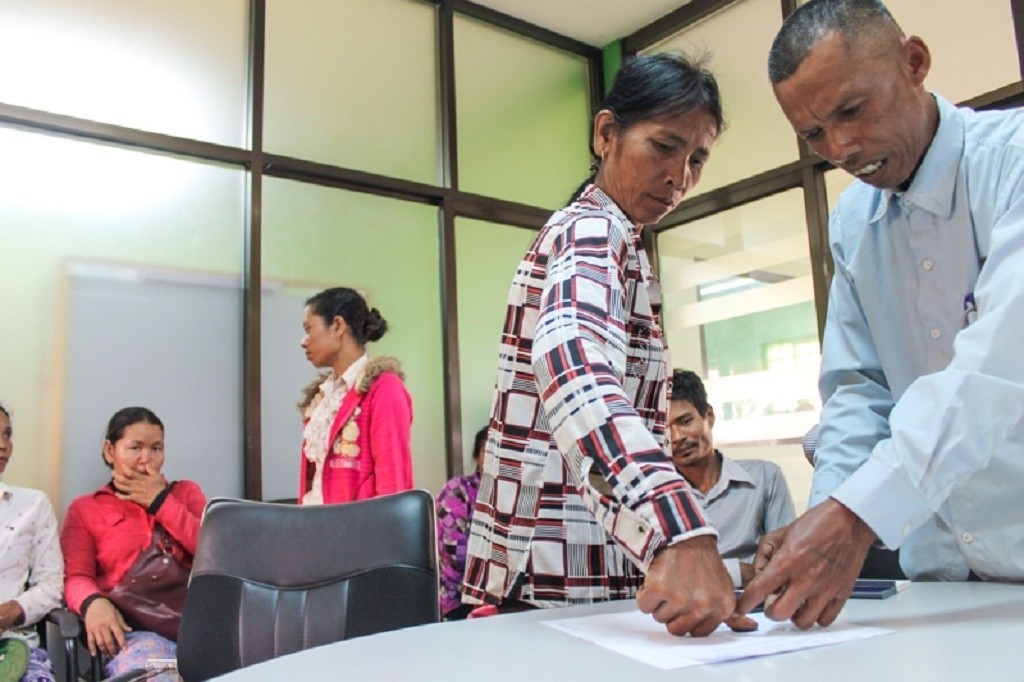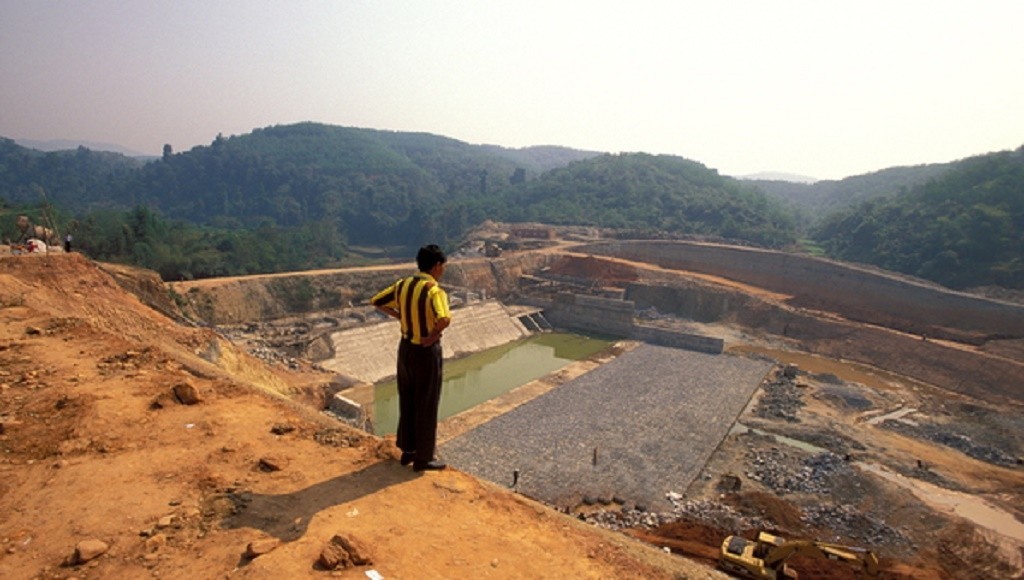While hydropower is considered controversial and attracts increasing amounts of critical scrutiny regionally, especially from international media and NGOs, the irrigation sector is considered more benign and end-user friendly, and thus far has largely escaped much critical scrutiny, even though it is often more likely to fail and have wider ecological implications than hydropower.
Tag: agriculture
Why silt is so important for the Mekong
Just as forests are more than only trees, rivers are more than water. The Mekong river carries massive loads of sediment and nutrients from upstream to downstream and across national borders, replenishing and enriching the land as it goes. This process is key to sustaining the ecological integrity of the river and surrounding landscapes, which in turn supports the economy.
However, a boom in sand mining and hydropower development on the Mekong is transforming the river’s sediment flows, with profound consequences for the region if left unchecked. For a prosperous, sustainable future for the region, all Mekong countries must come together now and adopt international standards for managing transboundary river resources.
A Thirsty Mekong Delta
Located at the end of the Mekong River basin, the Mekong Delta in Vietnam is currently experiencing the most severe drought and salinity intrusion in 100 years.
According to experts, the principal reason is development activities in GMS countries related to the use of the Mekong River’s water resources, including the operation and construction of mega-dams along the river as well as water diversion for agricultural purposes.
Vietnam Warns of Dire Impact From Planned Mekong Dams
Research commissioned by Vietnam has warned of devastating environmental and economic effects for millions of people living along the Mekong River if 11 proposed dams are built on its mainstream.
Faces of Dawei, Faces of Change
Dawei is a seaside community of less than 5,000 families, in one of the world’s least developed corners. Myanmar’s ever widening borders, however, have lured investments here on a scale beyond anything ever conceived within Southeast Asia.
The Dawei Special Economic Zone environs nearly 200 square kilometers of industrial development, a deepsea port and associated road, rail and pipeline links to neighboring Thailand and beyond.
Photojournalist Taylor Weidman captures the faces of Dawei as they they contemplate what lies ahead. Will their fisheries and betel nut farms still provide viable livelihoods? Will new jobs actually be available to them and their children or largely to higher skilled prospects from abroad? Will environmental controls be sufficient and sufficiently enforcement to protect the community, and the natural resources that now sustain it?
Mekong Delta’s alluvium levels fall as more water reservoirs are built
Vietnam Net A series of water reservoirs in the upper course of Mekong River could lead to a loss of 90 percent of alluvium in Vietnam’s Mekong River Delta. According to Ho Long Phi from the HCM City National University’s Water Management and Climate Change Center, the flow and sediment in the delta depends on […]
Ghost town ‘forgotten’ in Chiang Khong border trade
The freshly painted welcome signs at Chiang Khong market are conspicuous, greeting visitors as they cross the border from Laos. Few arrive however, and behind the signs they see only shuttered shops and scattered clothing sellers.
The “new town”, as some business operators called it after the opening of the fourth Thai-Lao Friendship Bridge across the Mekong River in 2013, is now known as a ghost town by locals.
Once a bustling trade development area, the market located just a kilometre from the bridge, has been a flop and doesn’t seem to be able to attract tourists.
But there is a chance the market could be resurrected, after Prime Minister Prayut Chan-o-cha’s government announced Chiang Rai would be the location for the second phase of the Special Economic Zones, set to be launched this year.
Failure to engage local communities is costing investors big money, according to a new analysis
Conflicts between local communities in developing countries and governments and corporations seeking to exploit natural resources pose a serious threat to investors’ bottom lines, according to new research.
UK-based consultancy TMP Systems studied 262 agriculture, energy and mining sector disputes with local populations in developing countries and found that 67 percent of the time those conflicts had a materially significant impact on investors.
Land conflicts and human rights abuses in resource-rich developing countries from Southeast Asia to Latin America to Africa have become more and more common amidst growing demand for commodities like palm oil, soy and beef.
High Profile Land Dispute Resolved with Deal
Demonstrating that land disputes can be defused through negotiations, patience, and money – a four-year-old land fight was settled here yesterday when 13 squatter families agreed to accept payments and leave the land they had occupied.
Laos targets green energy in new Asian economic bloc
Laos is one of the ten South-East Asian nations preparing to form a single market at the end of 2015. The Association of Southeast Asian Nations Economic Community (AEC) is intended to boost regional growth by creating a common market that will enable the free flow of goods, services and skilled labour — including scientists — between member states.


